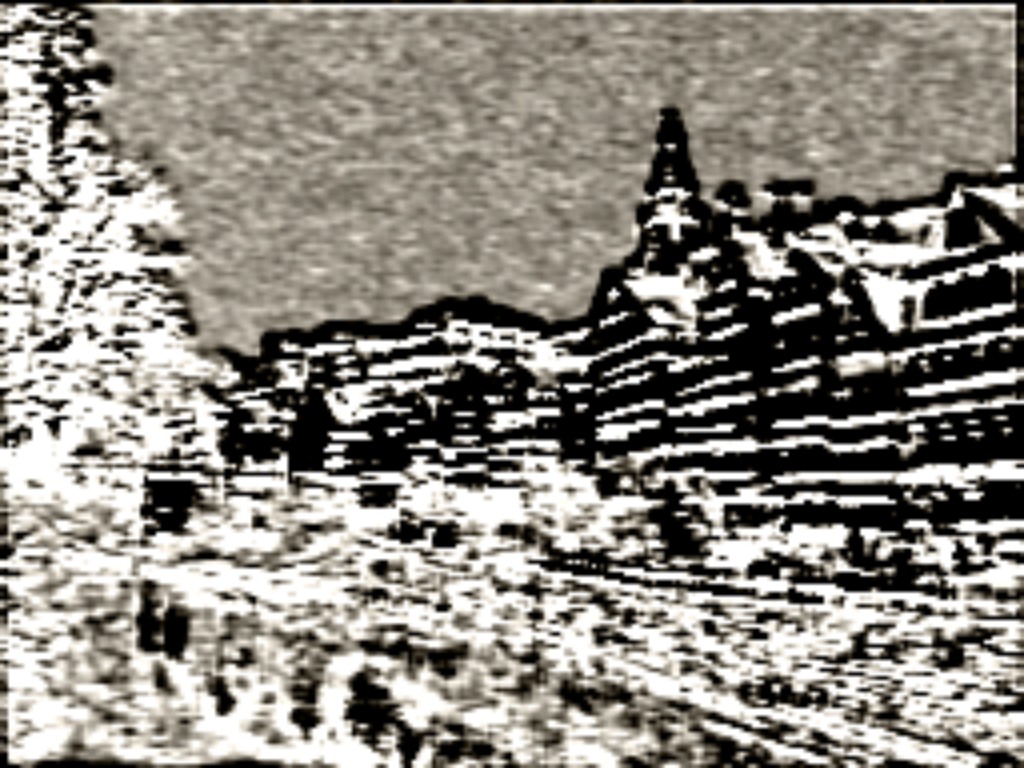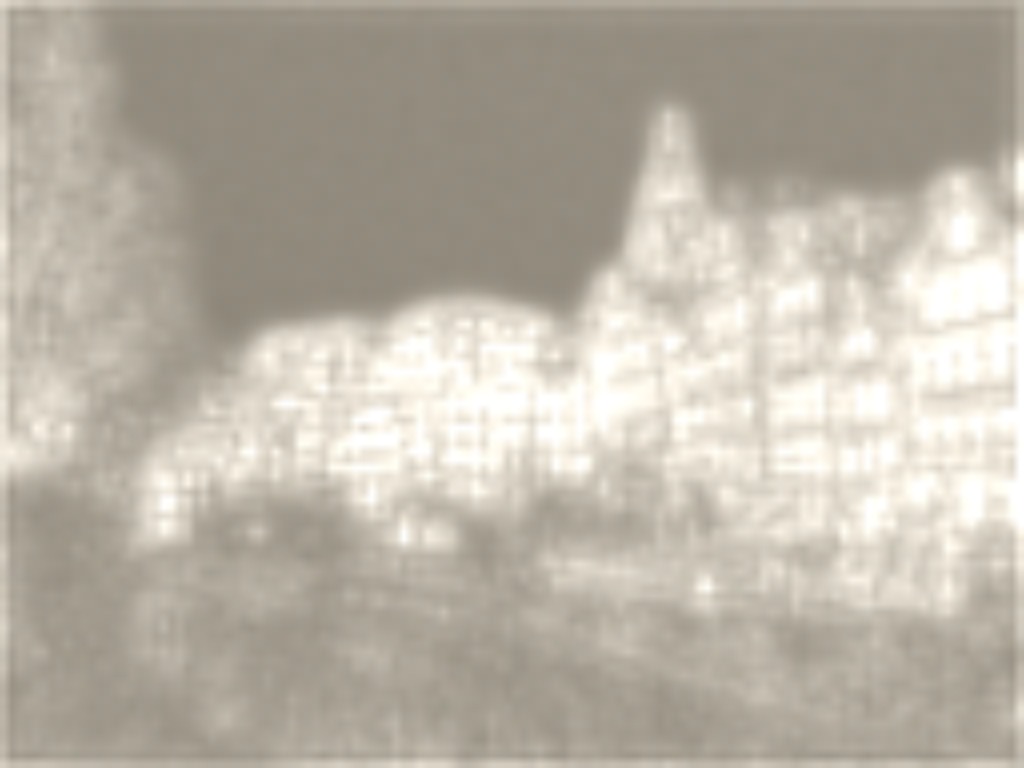A tool to visualize convolutional, ReLU, and pooling layer activations on an input image. This is a PyTorch implementation of htoyryla's convis.
After installing the dependencies, you'll need to run the following script to download the default VGG and NIN models:
python models/download_models.py
You can also place convis.py or convis_heatmap.py in your neural-style-pt directory, in order to more easily work with models and input images.
convis.py will create an output image for every channel in the specified layer:
python convis.py -input_image examples/inputs/tubingen.jpg -model_file models/vgg19-d01eb7cb.pth -layer conv2_2 -output_dir output
convis_heatmap.py will create a single output image composed of every channel in the specified layer:
python convis_heatmap.py -input_image examples/inputs/tubingen.jpg -model_file models/vgg19-d01eb7cb.pth -layer relu4_2
-input_image: Path to the input image.-image_size: Maximum side length (in pixels) of the generated image. Default is 512.-layer: The target layer. Default isrelu4_2-pooling: The type of pooling layers to use; one ofmaxoravg. Default ismax.-model_file: Path to the.pthfile for the VGG or NIN model.-output_image: Name of the output image. Default isout.png.-output_dir: Name of the output image directory. Default isoutput.
The output files will be named like output/tubingen-conv3_2-69.png

